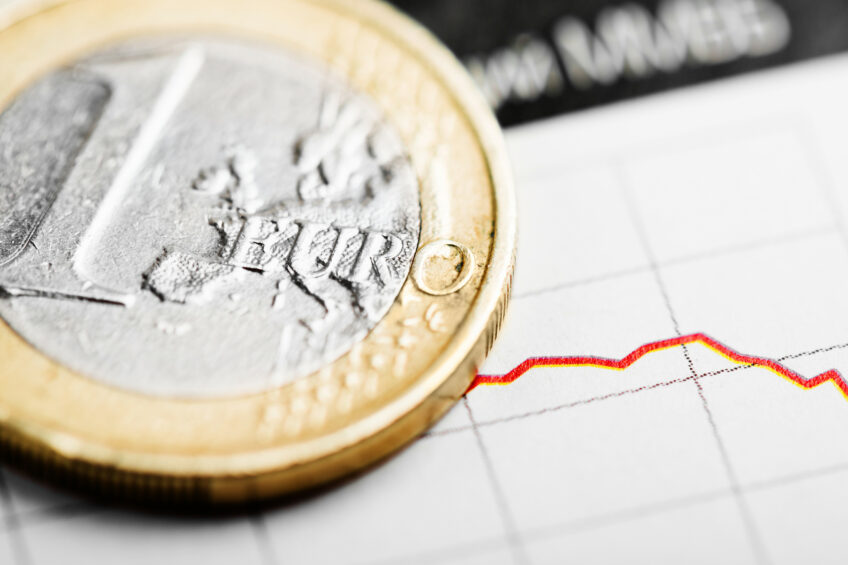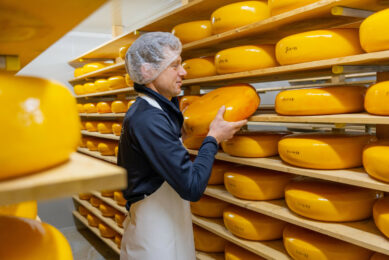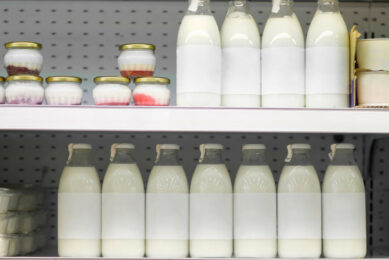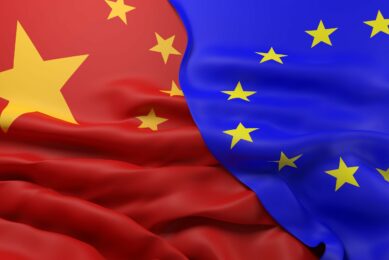Farm subsidies: Equal rules for all?

The Common Agricultural Policy (CAP) of the European Union (EU) decides how much agricultural subsidies each EU member receives. Some countries in the EU have larger agricultural sectors than others (e.g. France and Spain), and consequently receive more money. But is this about to change?
Agricultural subsidies are a good thing, as they help farmers invest in modernising their farms and protects them from excessive price volatility and market crises. At the same time, being dependent on subsidies can also be tricky and do we call this is a sustainable way of farming? The answer is more difficult than the question. Relatively new EU member states have a different view on subsidies than the EU-oldies that have been members of the EU since the beginning.

Have old members more rights than new?
A good example is Estonia (EU member since 2004). I recently visited Estonia and talked to several people about the dairy sector. I also visited a dairy farm. Most farmers are proud that they can have a profitable farm without sky-high subsidies. At the same time, they feel that the new EU member states should get more, because the gap between them and France for example is too big. The discussion is therefore: Why should a country like France or Spain have more rights on subsidies than other countries such as Estonia or Poland?
New CAP: Simple and farmer focused
The European Commissioner for Agriculture and Rural Development, Phil Hogan, presented the outlines of the CAP beyond 2020 last week. The new CAP has to be more simple and more farmer focused. This is in line with his presentation at the recent World Dairy Summit in Belfast. Hogan told the Summit that the CAP will be simplified, support for dairy organisations will be increased and a safety net for farmers (for income stabilisation) will be developed. In the new CAP, new rules for organic farming will simplify and it will harmonise many of the rules covering organic food production both within the European Union and in non-EU countries.

Putting a cap on direct support to EU farmers
Coming back to the subsidies per EU country, the exact decisions on this is not known yet in detail, but it is said that the EU wants to put a maximum on the direct support to EU farmers. In addition, the differences between the subsidies per member states must become more equal and the biggest receivers of subsidies should get less. No exact amounts or percentages are yet known.
With or without subsidies, what is the way forward? One thing is clear: all farms should focus on cost-efficiency, environment, animal welfare and product quality, and this should be unrelated to any subsidies.
Join 13,000+ subscribers
Subscribe to our newsletter to stay updated about all the need-to-know content in the dairy sector, two times a week.










